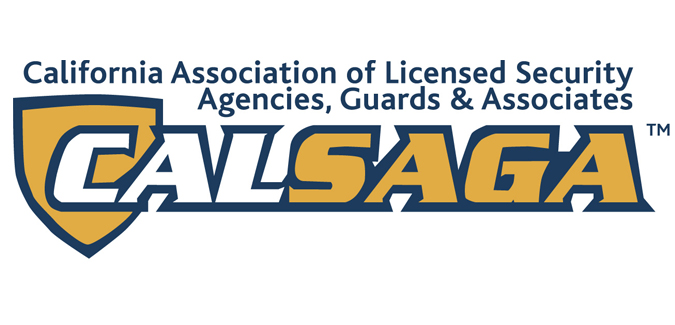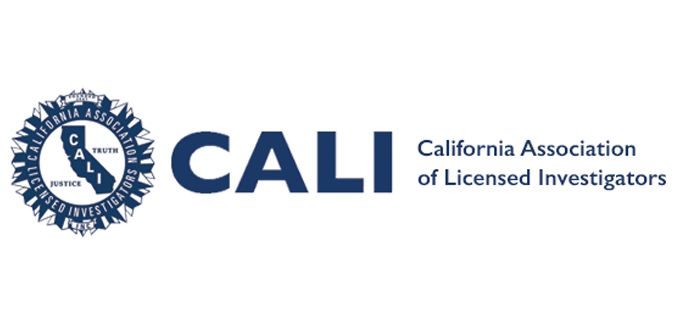
A Matter Of Life And Death: Firearms Safety Training, Part 1
- Andrea Pasquettin
- 22 May 2020
- Security
Guns are an important tool for security and protection, and are commonly used by both professional firms and the general public.
There is nothing more critical to safe and effective firearms usage than proper safety education and training. It is essential.
There are many different tools of the trade when it comes to professional security services, but often the first one that quickly comes to mind is a gun. This powerful symbol of violent force is, of course, much more than just a symbol, as it is a strong deterrent to potential perpetrators of violence and criminal activity, as well as being an effective tool for self-defense against an attack. It is also an incredibly dangerous tool that can just as easily bring harm to the innocent as it can to the attacker. This significant danger requires consideration of two vital questions:
1. When is it appropriate to use a firearm?
2. How can you safely and effectively use a firearm?
WHEN TO USE A FIREARM
The defense of one‘s own life or that of another is the only legal and appropriate use of firearms in a public setting, and even that must be necessitated by reasonable, definable anticipation of serious bodily harm. Even a licensed and trained security guard must be able to articulate the circumstances that caused them to believe a human life was endangered, and that such danger justified the use of a gun. They must also account for why other non-lethal options were not believed to be sufficient. This explanation must be deemed legitimate by law enforcement and potentially even a jury in criminal court, so carefully considering when or when not to use a gun is critical for anyone carrying such a tool.
Part of this analysis is taking numerous theoretical scenarios and applying the test of reasonable justification, long before physically entering a live environment in the field. The more simulation and planning in advance that is utilized, the better the odds of not only preventing a life-threatening situation from transpiring but also reacting properly if it eventually does occur.
A notable aspect of ‘usage’ is the act of pulling a sidearm out of its holster in front of someone as a threat; this is called ‘brandishing’ and is illegal without the same just cause required for actually firing the weapon. This move takes the firearm operator quickly from the question of when to how. But before a gun ever leaves its holster, a very serious analysis must be made to determine if it is warranted and the best possible course of action. Such an action, especially if progressed to firing the gun, is one that we should all work hard to take as infrequently as possible.
For the answer to the second question, refer to blog entry Firearms Safety Training, Part 2








Leave a Comment